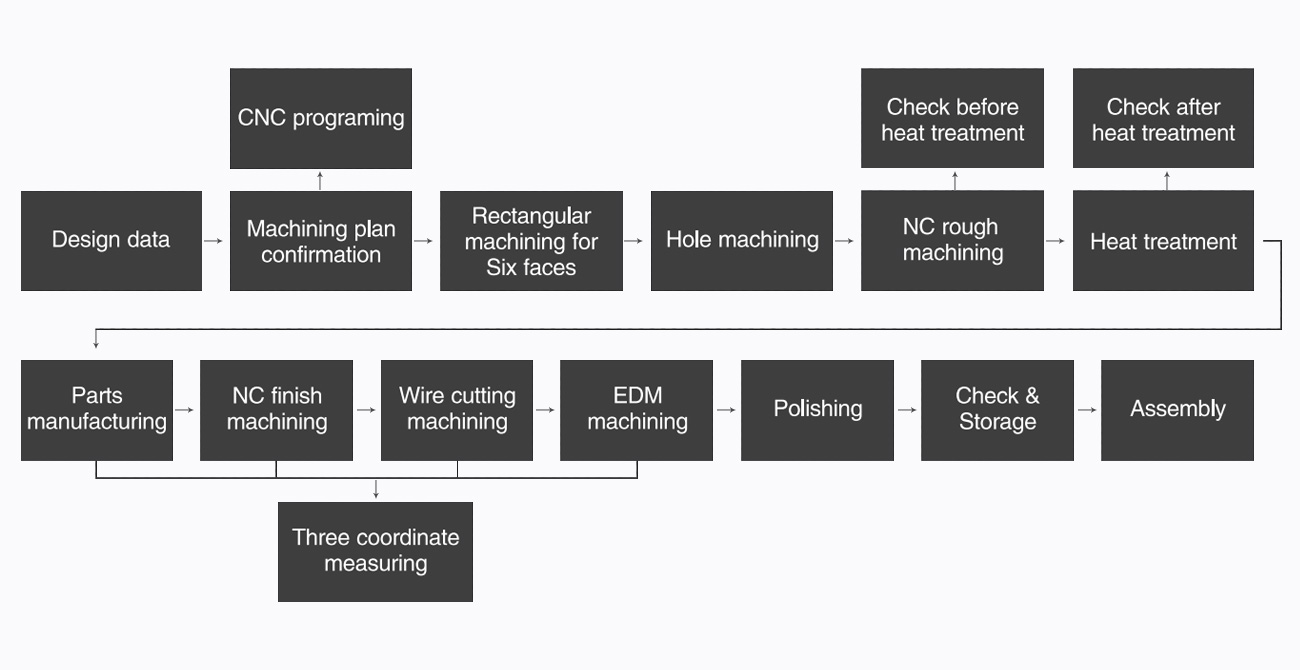Advanced Die Casting Techniques for LED Lamp Housing Molds
Die casting is a popular method for manufacturing LED lamp housings because it allows for the creation of high-quality, complex parts with excellent dimensional accuracy and surface finish. There are several advanced die casting techniques that can be used to optimize the production of LED lamp housing molds. Here are a few:
High-pressure die casting: High-pressure die casting (HPDC) is a technique that uses a high-pressure injection of molten metal into a die cavity to create the desired shape. This technique is particularly useful for producing thin-walled parts, which is often the case with LED lamp housings. HPDC also allows for the use of a wide variety of metals and alloys, including aluminum and zinc.
Vacuum-assisted die casting: Vacuum-assisted die casting is a technique that uses a vacuum to draw molten metal into a die cavity, rather than relying solely on the pressure of the injection. This technique can improve the quality and consistency of the casting, particularly in areas where there may be air pockets or other defects.
Squeeze casting: Squeeze casting is a technique that combines the benefits of forging and casting. In squeeze casting, molten metal is injected into a die cavity, but then a high pressure is applied to the metal as it cools and solidifies. This helps to reduce porosity and improve the mechanical properties of the casting.
Thin-wall casting: Thin-wall casting is a technique that is specifically designed for creating parts with thin walls, such as LED lamp housings. This technique uses a special die design and gating system to minimize turbulence and promote even filling of the die cavity. Thin-wall casting can improve the overall quality and strength of the part.
Precision casting: Precision casting is a technique that is used to create high-precision parts with complex shapes and tight tolerances. This technique involves using a wax or plastic pattern that is coated with a ceramic material, which is then heated and hardened to create a mold. Molten metal is then poured into the mold, and the ceramic shell is removed to reveal the finished part.
In summary, these advanced die casting techniques can help optimize the production of LED lamp housing molds by improving the quality, consistency, and strength of the final product.
Advantages of Die Casting LED Lamp Housing Mold
Die casting is a highly efficient and effective manufacturing process for creating LED lamp housing molds. Here are some of the key advantages of die casting for this application:
High precision and accuracy: Die casting allows for the creation of highly accurate and precise parts with consistent dimensions and tolerances. This is critical for ensuring that the LED lamp housing fits properly and performs optimally.
High production efficiency: Die casting is a fast and highly automated process that can produce large quantities of parts quickly and efficiently. This makes it an ideal manufacturing process for high-volume production runs of LED lamp housings.
Excellent surface finish: Die casting produces parts with a smooth and consistent surface finish that requires minimal additional finishing or polishing. This saves time and labor costs compared to other manufacturing methods.
Strength and durability: Die cast parts are strong, durable, and able to withstand harsh environmental conditions. This is important for LED lamp housings, which must protect sensitive electronic components from damage and exposure.
Design flexibility: Die casting allows for the creation of complex shapes and designs, including thin walls and intricate geometries. This gives designers and engineers greater flexibility in creating LED lamp housing molds that meet specific functional and aesthetic requirements.
Overall, die casting offers numerous advantages for the production of LED lamp housing molds, including high precision, efficiency, strength, and design flexibility.
 EN
EN 




















